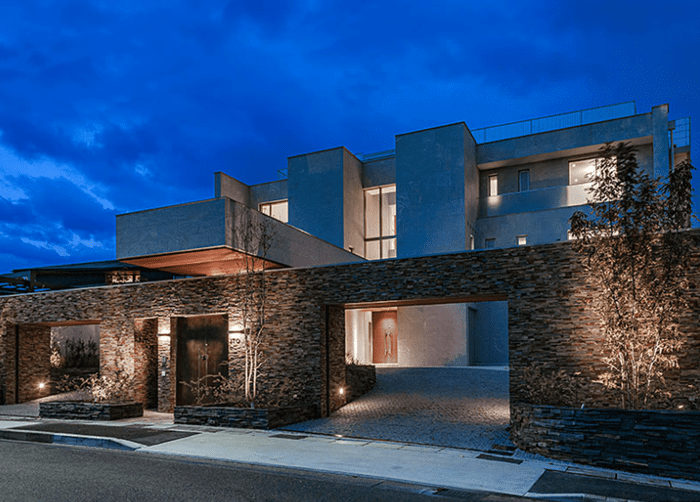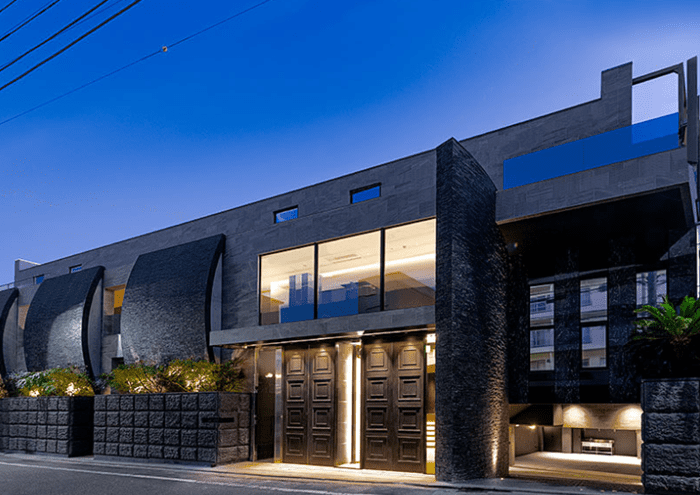
This wage study is 밤 알바 based on responses to compensation surveys from individuals and businesses around the country who wished to remain anonymous. U.S. states and territories were represented by respondents to these questions. Using Glassdoor’s salary data as a benchmark, we can estimate that product designers making their living in the United States earn roughly $95,183 each year. (additional monetary benefits such as bonuses, commissions, tips, stock gains, and so on). Salary information for product designers in the United States varied from $55,000 to $175,000, with a median pay of $115,000. This information was gathered from a community of more than 140,000 designers situated in 190 different countries. In the United States, a professional product designer may make an average of $90.000 per year.
If you are a senior product designer in the United States, you should aim for a salary of roughly $120,000 per year. Starting product designers in San Francisco may expect an annual compensation of roughly $98,000, with more than $102,000 in the bank for those with four or five years of experience. This compensation gap is a reflection of the market’s preference for designers with more experience and competence. UX designers in New York City may expect an average income of $93,000 after a few years on the job, with the first $77,000 requiring at least four years of experience.
Despite low starting pay, designers may usually expect to make around $83,000 annually after several years of experience in the field. Even though initial salaries are often low, this is often the case. Data supplied by 21 suggests that the average yearly salary of a highly skilled and creative product designer working in the United States might range from $46,904 to $97,692 depending on the designer’s region. According to Glassdoor, a Product Designer in San Francisco may expect an average yearly salary of $102,180 after only two to three years on the job, but closer to $130,000 after four to six years. Both bands are determined by the total number of years in the industry.
According to national averages for starting salaries, product designers should expect to earn more than double what user experience (UX) designers do. UX designers, on the other hand, get a pay that is just below that of product designers. As with other professions, a user experience designer’s salary might differ widely based on factors including where they work, the type of firm they’re employed by, and the designer’s degree of experience and expertise. Since the salary of user experience designers may vary greatly from one country or company to another, it is highly advised that you investigate the market before applying for any positions.
A few basic search engine tools, such Glassdoor, PayScale, and UX Designer Salary, can provide you with further data on the pay scales that are acceptable for UX designers. You may locate these materials on the internet. This collection of compensation ranges from some of the most well-known corporations in the world should give you a good sense of how much some of the most well-known firms pay its UX designers. Some of the most well-known brands in the world contributed to this list. To give you an idea of what you might expect to earn in the future, we’ll go through the compensation ranges often seen by designers at different points in their careers. Thus, we will be able to provide you a more precise projection of your potential future earnings.
Video game designers earn an average of $86,510 a year on average, and they get to work on a wide variety of interesting and challenging projects. Web designers earn an average annual salary of about $59.633,000. People commonly use the term “graphic designer” to describe their role in the digital sphere. Average UI designers earn $88,434 per year, which is just a hair less than what UX designers make. Designers of user interfaces (UI) work to improve the usability of software.
The need for user experience (UX) designers has skyrocketed in recent years as the importance of user experience (UX) continues to expand across practically all sectors of the organization. The need for user experience designers has grown as more businesses and institutions recognize the importance of understanding how customers use their products and services. The need for businesses to create innovative and pleasant products, as well as the need for user experience designers, are both on the rise due to the expanding and increasingly cutthroat nature of the global market. The need for UX designers has been growing as a result of the two aforementioned tendencies.

When you use a product or service, user experience design (also known as UX design) has an influence on you on a personal level each and every time. UX design evolves throughout time. Visual appeal is a key consideration in UX design since it affects how a user will engage with a product’s interface (UX design).
Whether it’s a piece of software, a website, or a real object, it’s the job of user experience designers to make sure that it’s as useful as it can be. A product designer, as we can see, must prioritize the demands of the client and the business, whereas a user experience designer must prioritize those of the end user (i.e., making the product or website simple to use).
Designers of the user experience (UX) are essential to the success of a company’s brand and bottom line since they are in charge of increasing customer satisfaction. However, the UX designer’s principal job is to guarantee a satisfying user experience for the product’s target demographic. It is the UX designer’s job to make sure consumers have a good time while using the product, even though the company’s goals should be essential to everyone who works there. Empathy: Because user experience design is focused on how consumers view the product or service, having empathy makes it simpler to comprehend how people are feeling about the product or service. Empathy also makes it simpler to design an excellent user experience.
This trait is critical to helping UX designers make products that enhance the experience they’re working to create for their target audience. When it comes to creating something new, the sky’s the limit as long as you have a solid understanding of the connection between a product and its final consumer. An integral component of being a product designer is quickly establishing oneself as an authority in a certain product vertical and serving as the project’s principal subject-matter expert in user experience design and product design. These two facets are crucial to the role of a product designer.
To build things using an iterative process, product designers require a wide range of expertise. In addition to this, they need to have a complete awareness of both the clients who use their goods and the business sector in which they operate. Working in the design industry requires strong communication skills since designers are responsible for conveying the ideas and concepts that inspired their projects. In their primary role, designers are problem-solvers. They might focus on researching the experiences of customers or finding for methods to better a product while being restricted by specific limits.
After doing extensive research into what customers want, they utilize that information to inform their thoughtful decisions about design. Ultimately, this helps them provide a higher level of service to their clientele. IBM’s design teams are working toward the goal of creating products that may dramatically improve the experience customers enjoy while participating in activities like video gaming and sports. Microsoft was an early proponent of inclusive design, and the company’s user experience (UX) experts have created several digital products that set new standards in their fields.
Wireframing and prototyping are two of the most important skills in the subject of user experience design, and UX designers need to be adept in both. Designers with more than 20 years of experience typically earn less than their less-experienced counterparts since they do not improve their skill set throughout the course of their employment. It’s also worth noting that Facebook’s product designers earn an average salary of just over $150,000 a year, which is not too high.